The rise of artificial intelligence has sparked a curious question: Will AI replace graphic designers? This post dives into this intriguing topic, examining the evolving role of AI in design. From enhancing creativity to potentially automating tasks, AI is transforming the graphic design landscape. But will it ever truly take over the human touch that defines art and creativity?
Throughout this post, we'll explore both sides of the coin. We'll look at how AI can serve as a powerful tool for designers, increasing productivity and enabling new forms of creativity. At the same time, we'll discuss the fears and concerns within the industry about job security and the future job market. By the end, you'll have a clearer picture of whether AI is set to replace graphic designers or become their new best friend.
Table of contents
Designers Speak: AI’s Role in Their Future
Graphic designers are feeling a mix of excitement and anxiety about AI's arrival in their field. Many see AI tools as helpful allies that enhance creativity and streamline repetitive tasks. As one designer noted, 'AI is not a threat; it’s a tool that lets us focus on the fun parts of design' (AND Academy). On the flip side, concerns about job security linger. A recent discussion underscored that designers fear being viewed as interchangeable with machines, as emphasized by a LinkedIn post from a designer worrying about ever-increasing job requirements for low pay.
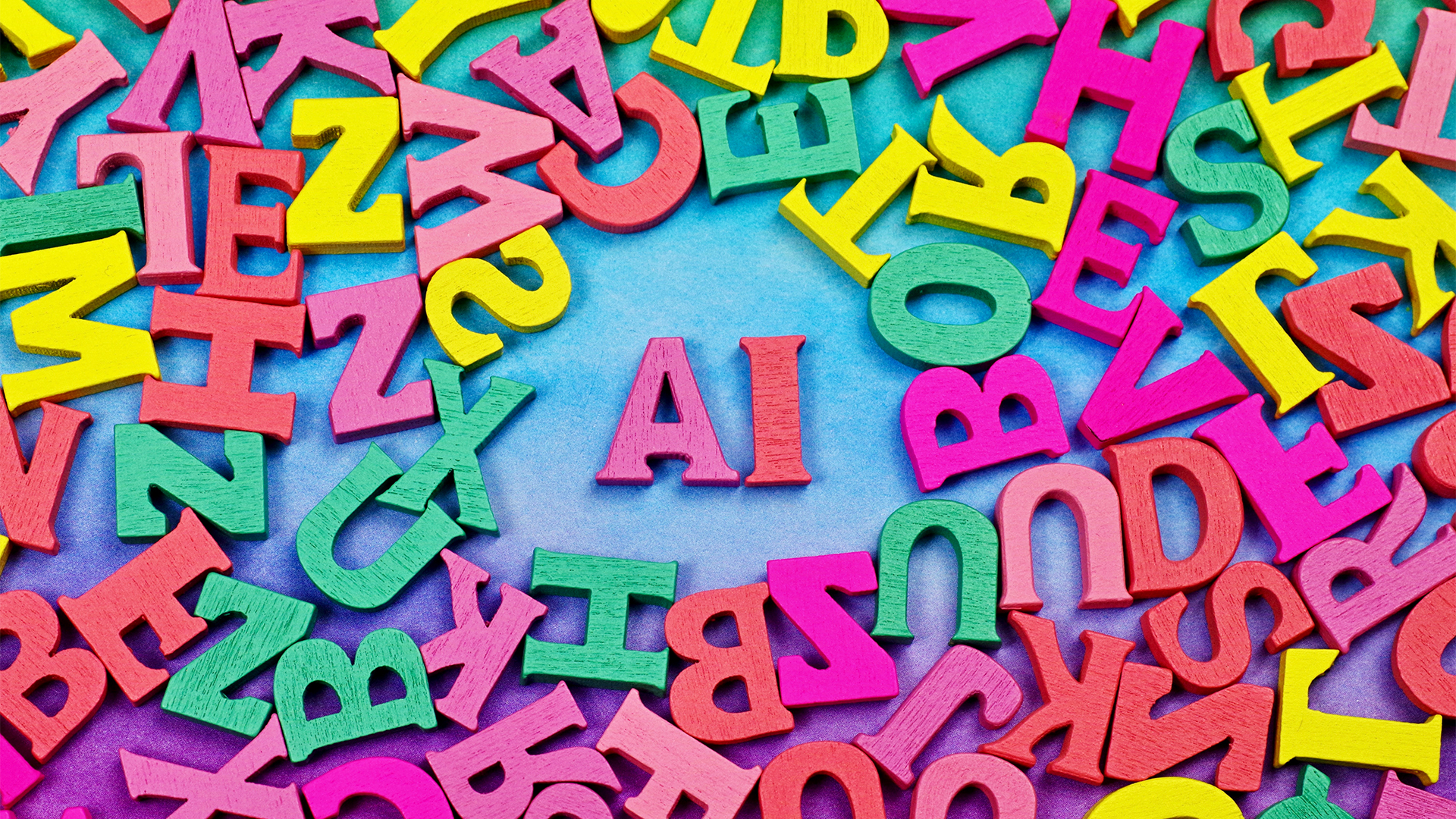
Credits: Getty Images
Optimists argue that AI won't fully replace designers but instead change how they work, enhancing productivity and creativity. Many believe that human intuition, emotional connection, and personal judgment are irreplaceable. The consensus is that the future will not be defined by a battle of humans versus machines, but rather a collaboration where AI aids designers in their creative journeys (Upwork). Designers are encouraged to adapt, integrating AI into their workflows while honing the unique skills that machines can't replicate.
What parts of Graphic Designer jobs will AI replace?
AI is reshaping the graphic design landscape by taking over repetitive tasks that once consumed a significant amount of time. Tools like DALL·E and Midjourney can generate visual concepts from text prompts, helping designers skip hours of initial drafts. Additionally, automated revision features in software like Adobe Photoshop allow for quick modifications, streamlining workflows. According to a Gartner report, this can enhance productivity but cannot replace the creative thought that human designers provide.
Moreover, AI can automate tasks such as color selection, layout design, and image editing. These advancements allow designers to focus more on creative strategy rather than execution. A study from AND Academy highlights that although AI can handle routine activities, the nuanced understanding and emotional intelligence that human designers bring remain irreplaceable. As AI continues to evolve, it is likely to assist rather than fully replace graphic designers, transforming their roles into more strategic positions.
What parts of Graphic Designer AI cannot replace
While AI tools like DALL·E and Midjourney can generate visuals quickly, they lack the human touch that makes graphic design effective. Designers are not just artists; they are storytellers who understand the emotional connections between brands and their audiences. According to Smashing Magazine, skills such as empathy and curiosity are what allow designers to create user-centered designs that resonate on a deeper level.
Moreover, the complexity of design tasks often requires a nuanced understanding that AI simply cannot replicate. As noted in Upwork's insights, designers excel in strategic thinking, collaboration, and creative direction. These qualities are essential for transforming abstract ideas into compelling visuals, a task where AI falls short.
How Graphic Designers Can Adapt to AI
The role of graphic designers is evolving as AI automates many routine tasks. Designers should view AI as a collaborator, allowing them to focus on more strategic and creative aspects of their work. For instance, tasks such as color corrections and font selections can be efficiently handled by tools like Adobe Sensei or Canva, enabling designers to explore innovative concepts and push creative boundaries (Custom Career).
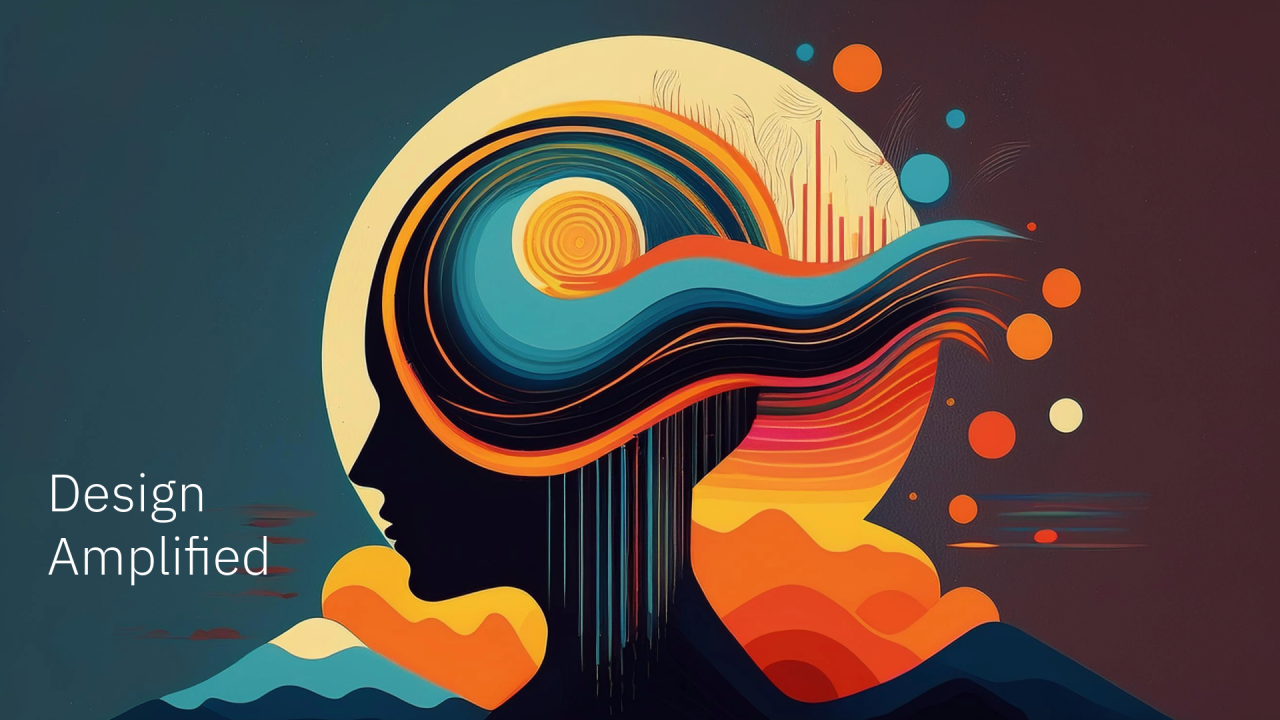
Credits: LinkedIn
To thrive in this new landscape, graphic designers must prioritize continuous learning. Familiarizing themselves with AI technologies like generative design tools can enhance their skill set. Additionally, developing soft skills such as collaboration and emotional intelligence will help designers communicate effectively within teams and understand client needs, as highlighted in Adobe's insights.
Graphic Designer Hiring Trends in the US
The job market for graphic designers in the US is holding steady with modest growth. According to the Bureau of Labor Statistics, the field is expected to grow by 2% from 2024 to 2034, which is slower than average. However, there will be around 20,000 job openings annually, primarily due to turnover as designers retire or switch fields.
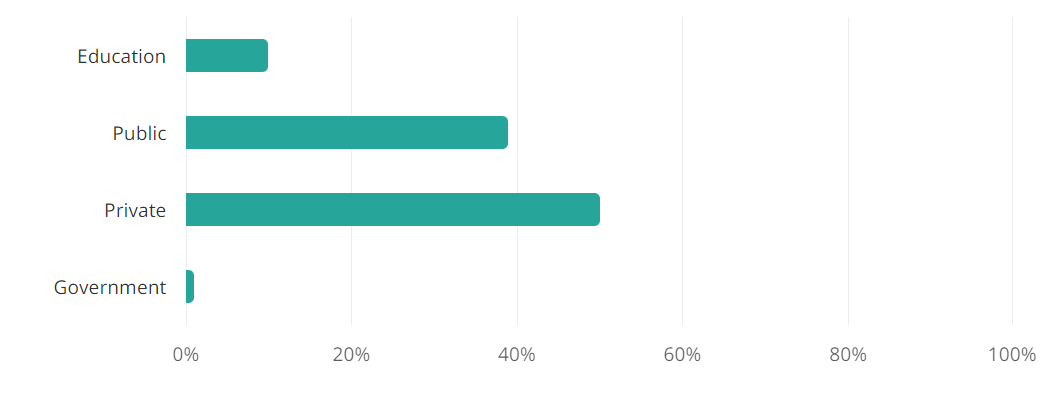
Credits: Colorlib
Platforms like LinkedIn currently list over 45,000 jobs, indicating strong demand across various sectors. The demand is particularly high in freelance roles, with 90% of graphic designers working independently as noted by Colorlib. This trend reflects a growing preference for flexible work arrangements and project-based opportunities.
The rise of digital media and online communications has fueled job growth in web and UX/UI design. Skills in motion design, front-end development, and AI integration are increasingly sought after, as companies leverage technology for innovative design solutions. As detailed by Uplers, hybrid skillsets are becoming essential in the evolving market landscape.
Is Graphic Designer AI safe?
The graphic design profession is facing a transformation due to AI advancements, but a complete replacement is unlikely. While AI tools can automate repetitive tasks, they lack the creativity and emotional intelligence that human designers bring to the table. As noted by AND Academy, designers can leverage AI to enhance their work without losing their unique touch.
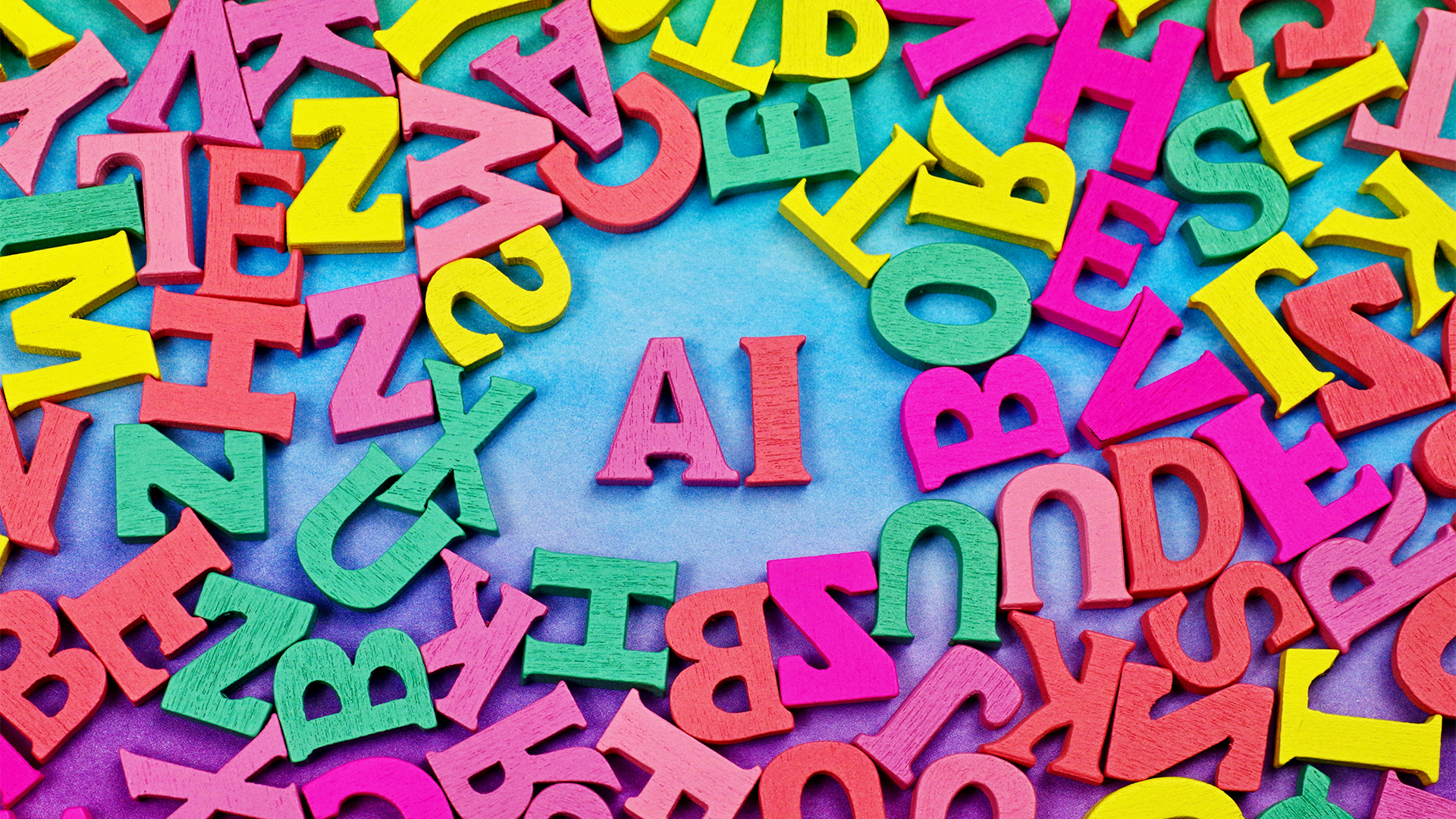
Credits: Getty Images
According to a World Economic Forum report, graphic designers are among the jobs most at risk from AI, yet the need for strategic, creative thinking remains. The consensus among experts is that while AI will change how designers work, it won't eliminate the profession. Adaptability and continuous learning are key for designers to thrive in this evolving landscape, where AI serves as a collaborative tool rather than a competitor.
Recruiter's Guide to Hiring a Graphic Designer
When hiring a graphic designer, it's key to look for candidates who blend traditional design skills with modern tools. Seek individuals proficient in AI tools like DALL-E and MidJourney, which can boost design creativity and efficiency. According to Uplers, designers should exhibit adaptability and a strong understanding of brand storytelling.
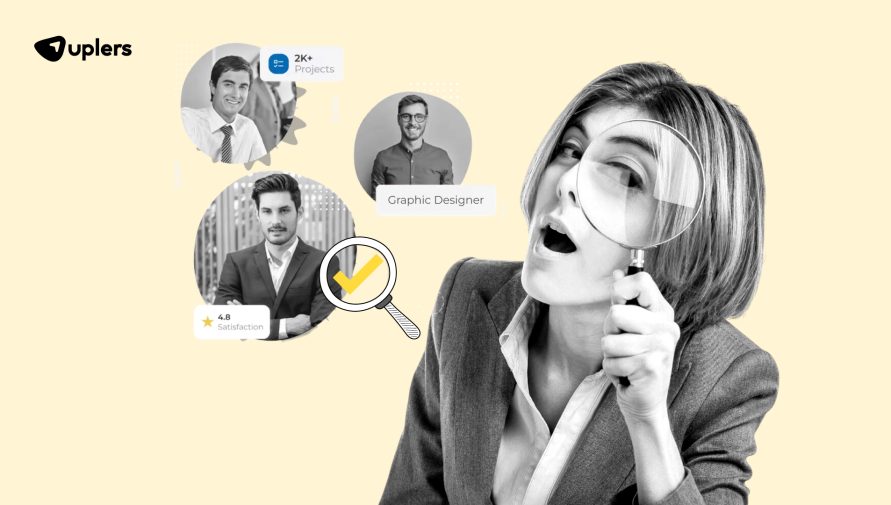
Credits: Uplers
Screening candidates effectively can be challenging, but Adaface's Graphic Designer tests provide a comprehensive solution. The tests evaluate a candidate's technical proficiency and creative problem-solving skills, offering insights into their ability to produce high-quality visual content. Employing such tests ensures you identify top talent efficiently.
Don't overlook the importance of soft skills like communication and collaboration. Designers often work in teams and must articulate their ideas clearly. Utilizing tools like the Prompt Engineering Test and Generative AI Test from Adaface can help assess a candidate's readiness to integrate AI into their design process, ensuring they can thrive in a modern creative environment.
Prompt Engineering Test
Generative AI Test
Graphic Designer Aptitude Test
Embrace the AI-Driven Creative Renaissance
Let's face it, AI is here to sprinkle a bit of magic into the world of graphic design. It’s not a replacement but an exciting sidekick that speeds up those tedious tasks like image resizing and layout suggestions, leaving more room for the fun stuff - like creativity and innovation (AND Academy). For designers, this means more time to dive deep into storytelling and client collaboration, crafting designs that connect on an emotional level that AI simply can’t replicate.
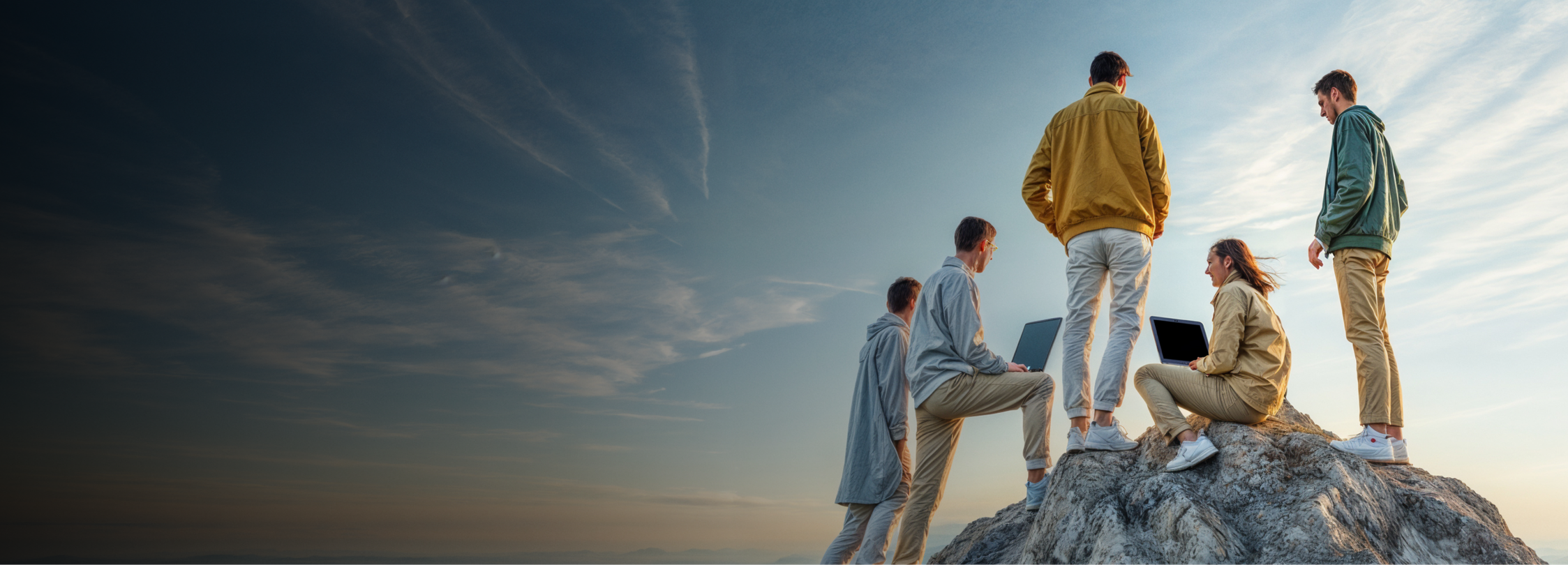
Credits: Superside
For employers, embracing AI can lead to a workforce that's more agile and focused on strategic projects (Upwork). It opens up possibilities for scalable design solutions and quicker turnaround times, all while maintaining the human touch that clients value. Looking ahead, the collaboration of human creativity with AI tools promises a vibrant future where graphic design thrives with innovation and artistic expression. So, let’s welcome AI as a new tool in our creative arsenal and look forward to a future brimming with possibilities!

40 min skill tests.
No trick questions.
Accurate shortlisting.
We make it easy for you to find the best candidates in your pipeline with a 40 min skills test.
Try for freeRelated posts



